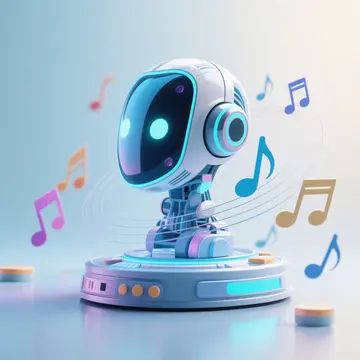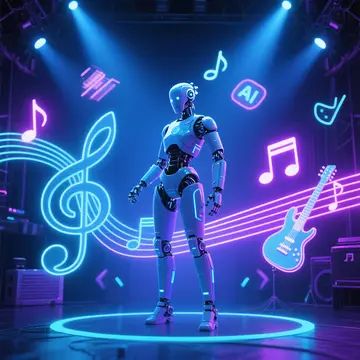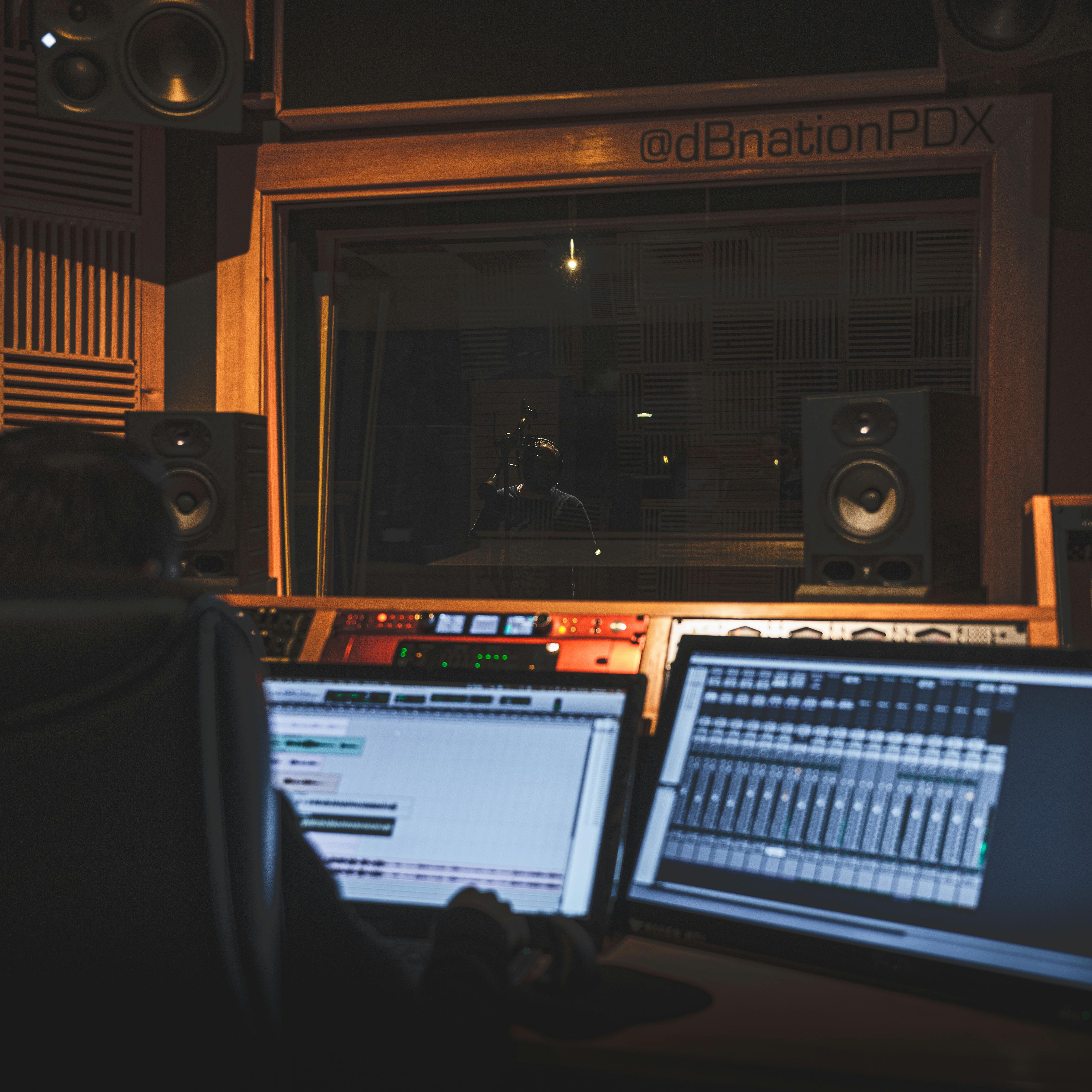Introduction
AI-generated music is revolutionizing the music industry, enabling creators to produce unique compositions quickly. However, with this innovation comes the risk of copyright infringement. If your AI music unintentionally resembles existing copyrighted works, you could face legal consequences.
This guide explores how to detect and prevent copyright infringement in AI-generated music, ensuring your creations remain original and legally compliant.

How AI Music Can Infringe Copyright
AI models are trained on vast datasets, often including copyrighted songs. While the output may seem original, it might contain elements (melodies, chord progressions, or lyrics) that closely resemble protected works. Key risks include:
Unintentional plagiarism (similar melodies or harmonies)
Sampling without clearance (using recognizable snippets)
Derivative works (modifying existing songs without permission)
How to Detect Copyright Infringement in AI Music
To avoid legal issues, use these methods to check for potential copyright violations:
1. Use AI Music Detection Tools
Several tools analyze AI-generated tracks for similarities to copyrighted material:
Audiomark – Detects audio fingerprints matching known songs.
Shazam / SoundHound – Identifies if your track resembles existing music.
Plagiarism Checkers (like Muso) – Compares compositions to a database of copyrighted works.
2. Manual Comparison
Listen for familiar melodies – Play your AI track alongside popular songs to spot similarities.
Check chord progressions – Common sequences (like I-V-vi-IV) are not copyrightable, but unique arrangements may be.
Analyze lyrics – Run lyrics through plagiarism checkers (like Copyscape).
3. Legal Databases
Search copyright databases (e.g., U.S. Copyright Office, ASCAP, BMI) to verify if your music overlaps with registered works.
How to Prevent Copyright Issues in AI Music
Proactive measures can minimize legal risks:
1. Use Royalty-Free Training Data
Train AI models on public domain or licensed music (e.g., Free Music Archive, CC0 tracks).
Avoid datasets containing copyrighted material unless properly cleared.
2. Modify Outputs for Originality
Adjust melodies, tempo, or instrumentation to make AI-generated music distinct.
Combine multiple AI outputs to create something new.
3. Obtain Licenses When Necessary
If your AI music closely resembles a copyrighted song, seek a mechanical license (for covers) or sample clearance (for direct usage).
4. Document Your Creative Process
Keep records of AI prompts, edits, and influences to prove originality in case of disputes.
Conclusion
AI music offers endless creative possibilities but requires caution to avoid copyright infringement. By using detection tools, ensuring originality, and obtaining licenses, you can protect your work and stay legally compliant.
Key Takeaways:
? Use AI music detection tools to check for similarities.
? Train AI on royalty-free datasets to reduce risks.
? Modify outputs to enhance originality.
? Seek legal licenses if your music resembles copyrighted works.
By following this guide, you can confidently create AI-generated music without fear of copyright violations.
Need help ensuring your AI music is copyright-safe? Consult a music attorney or use AI copyright checkers before release!






